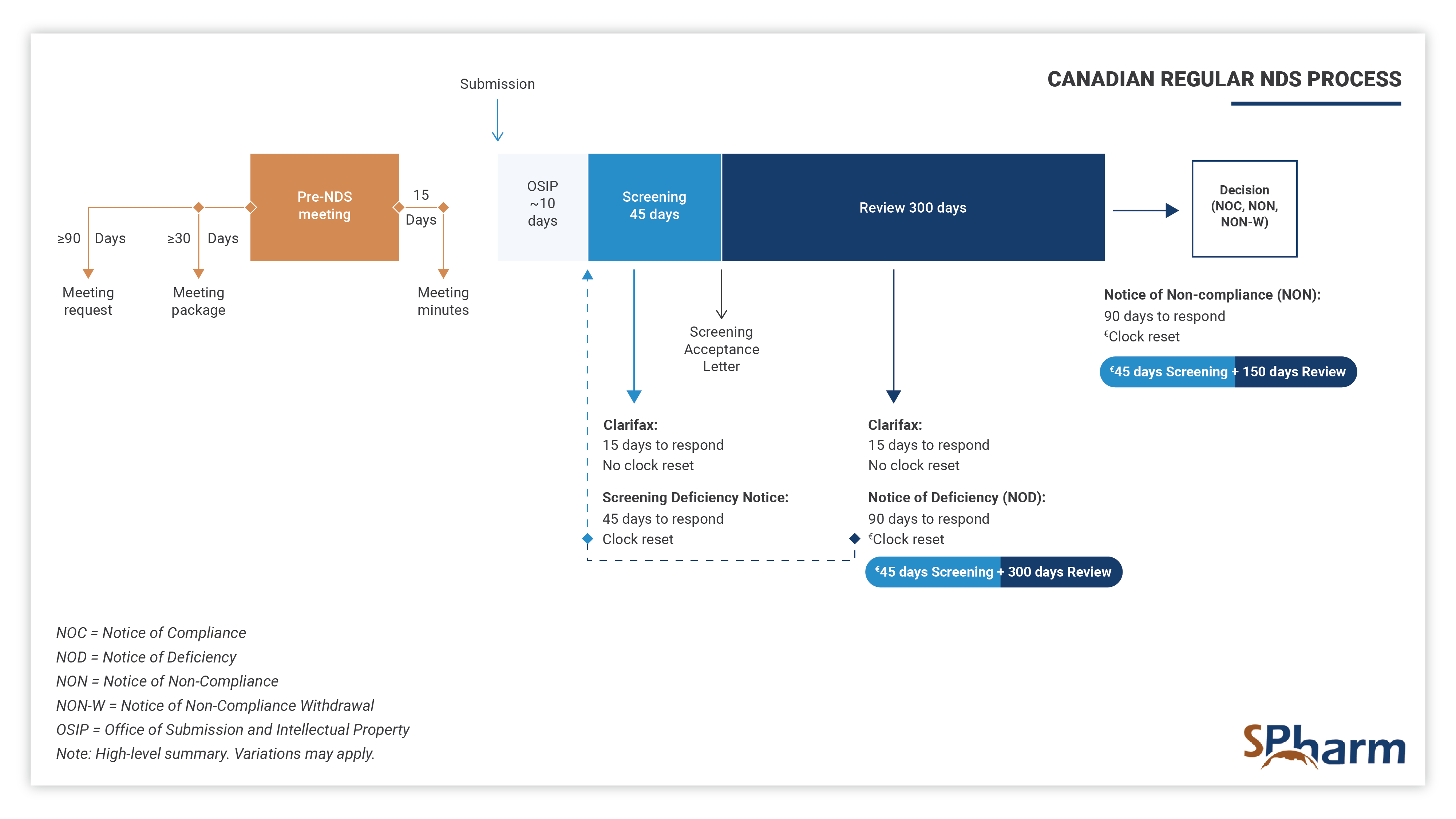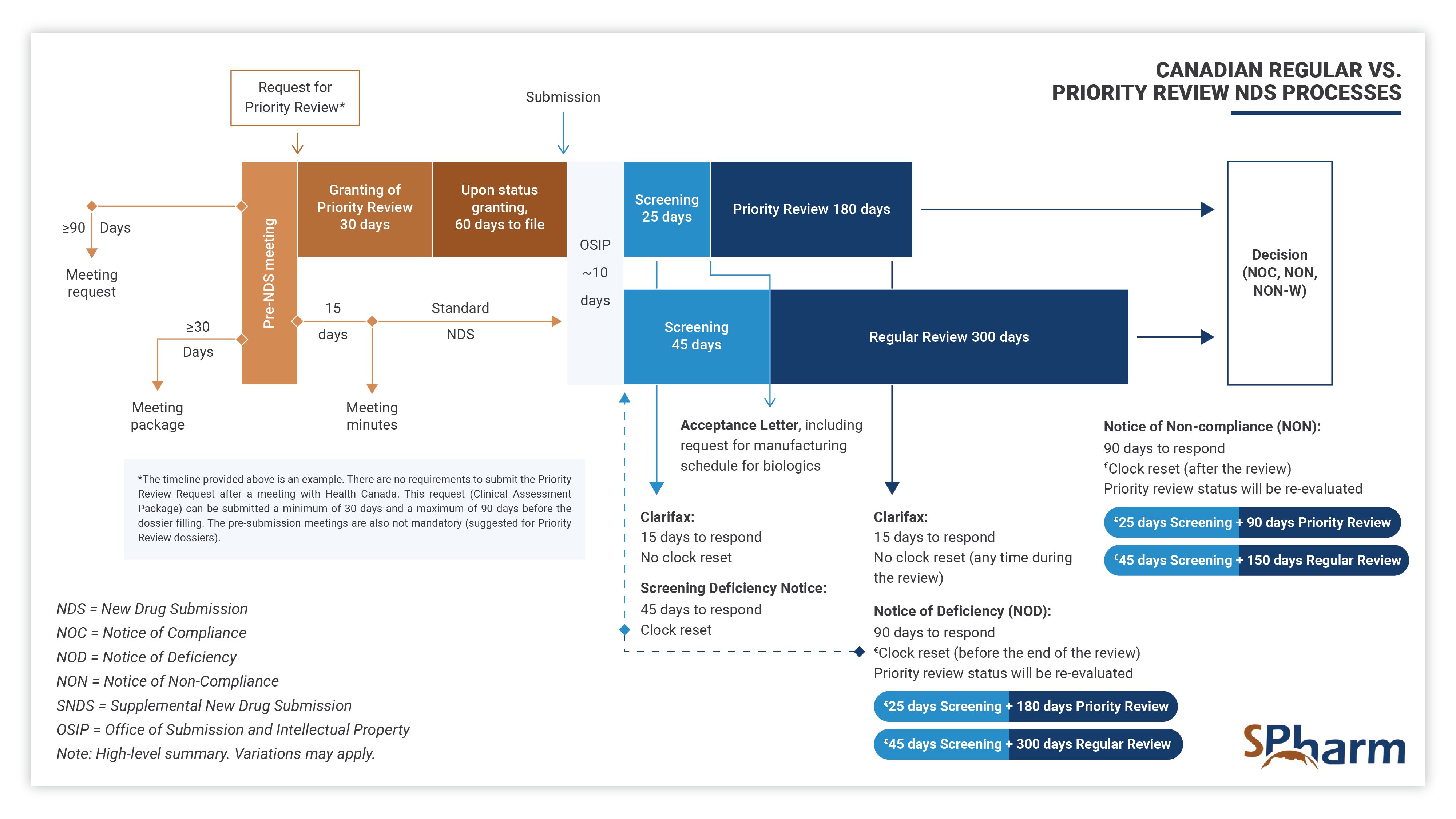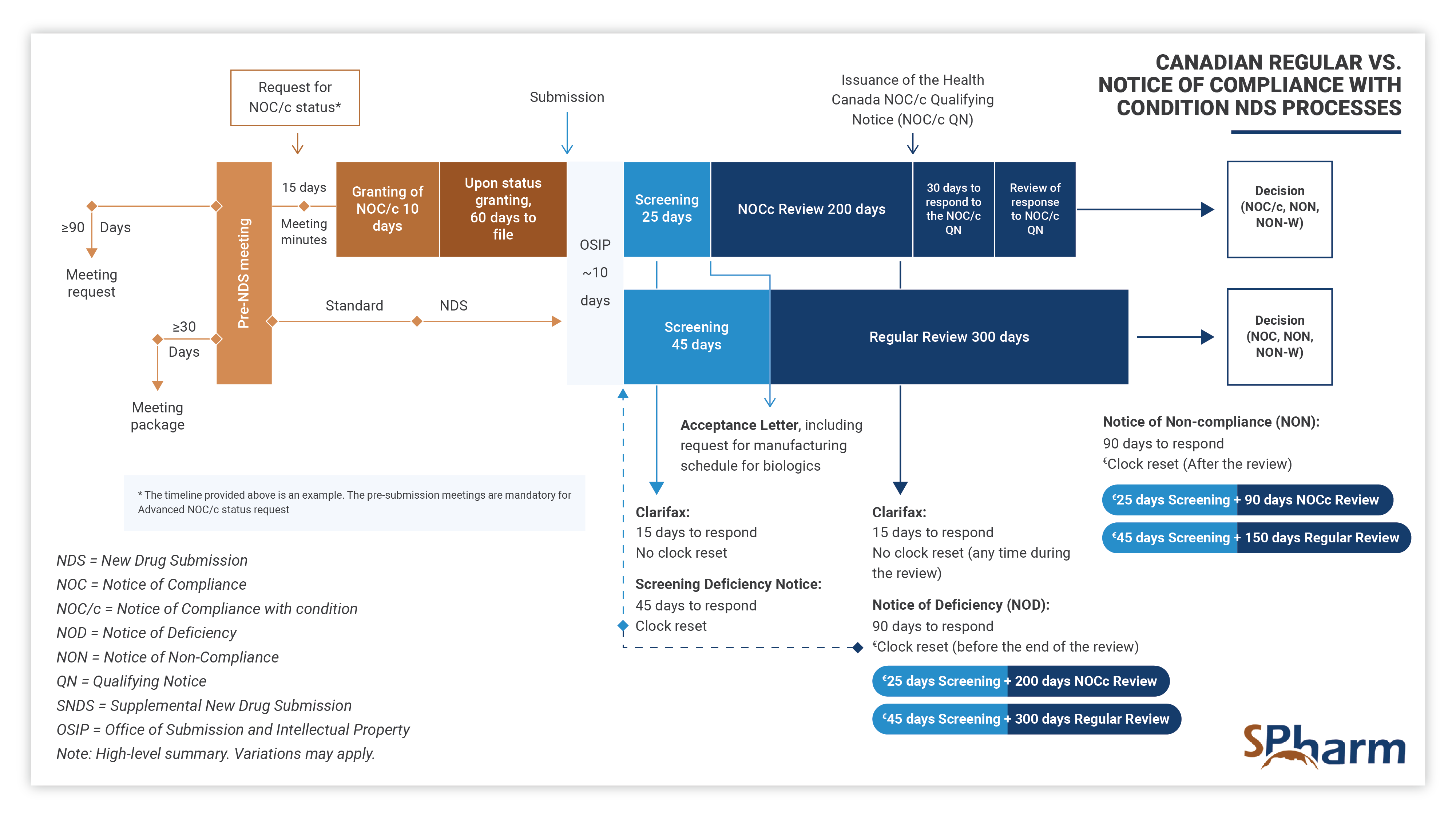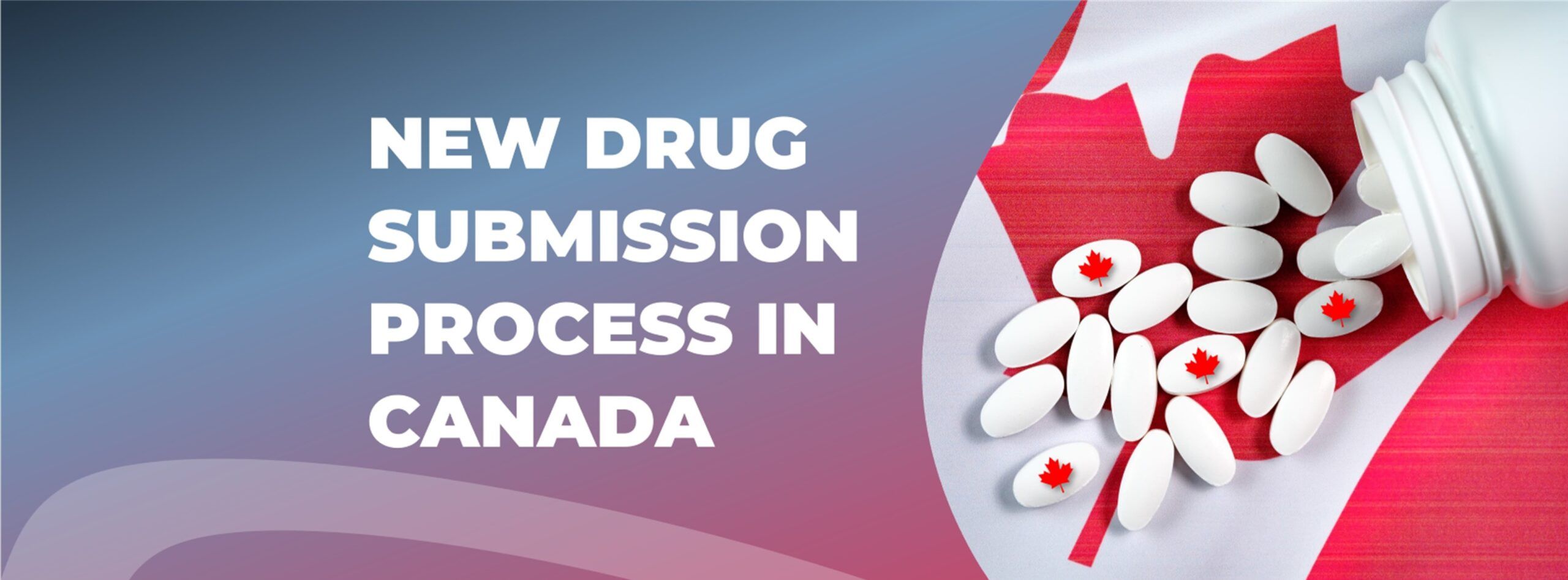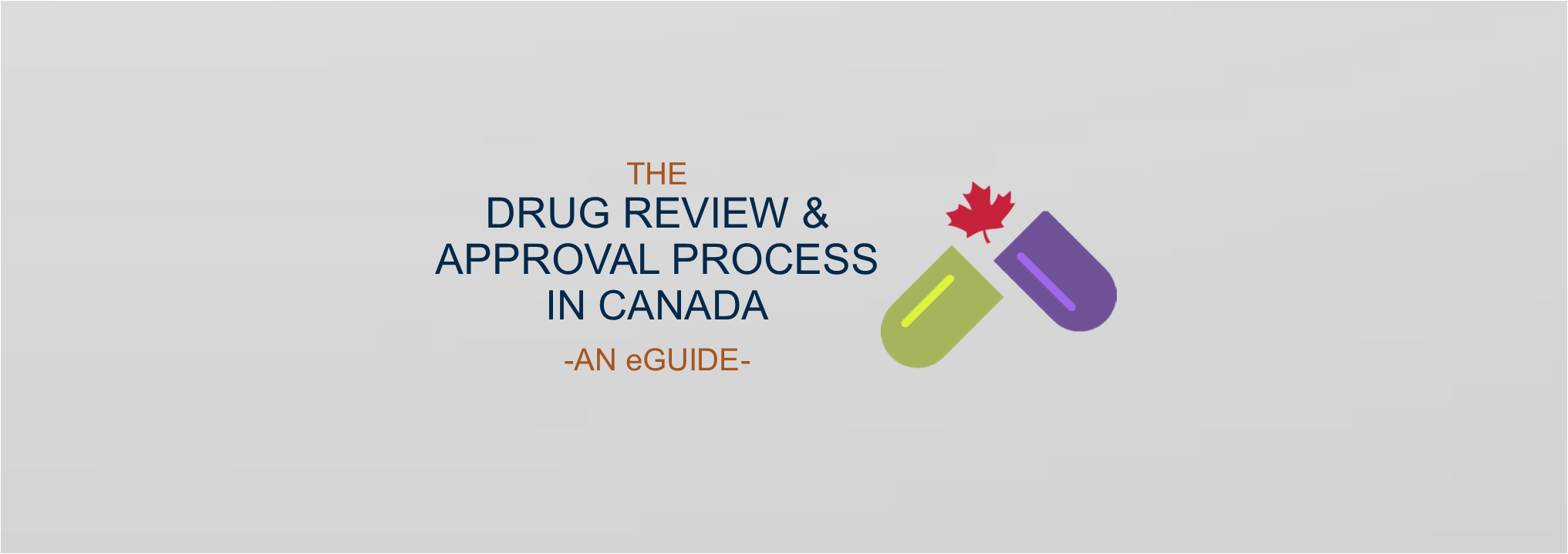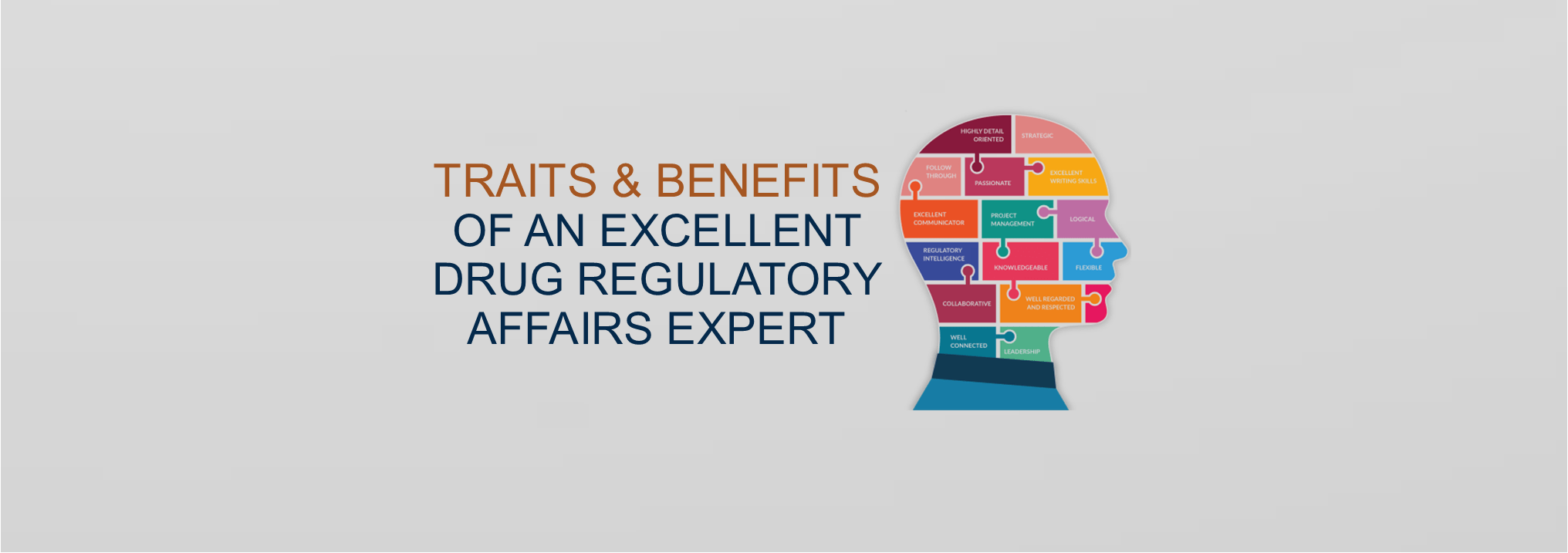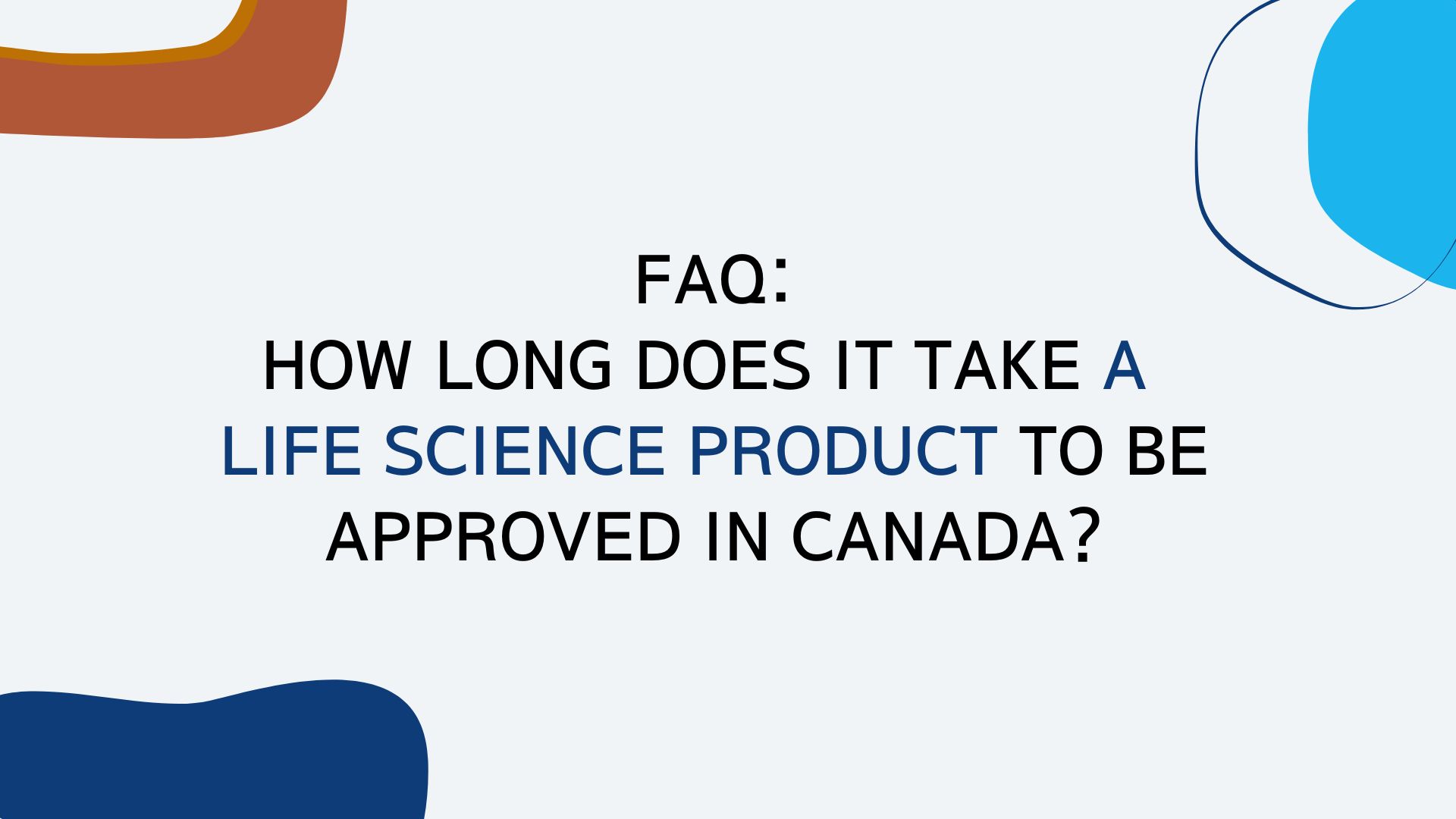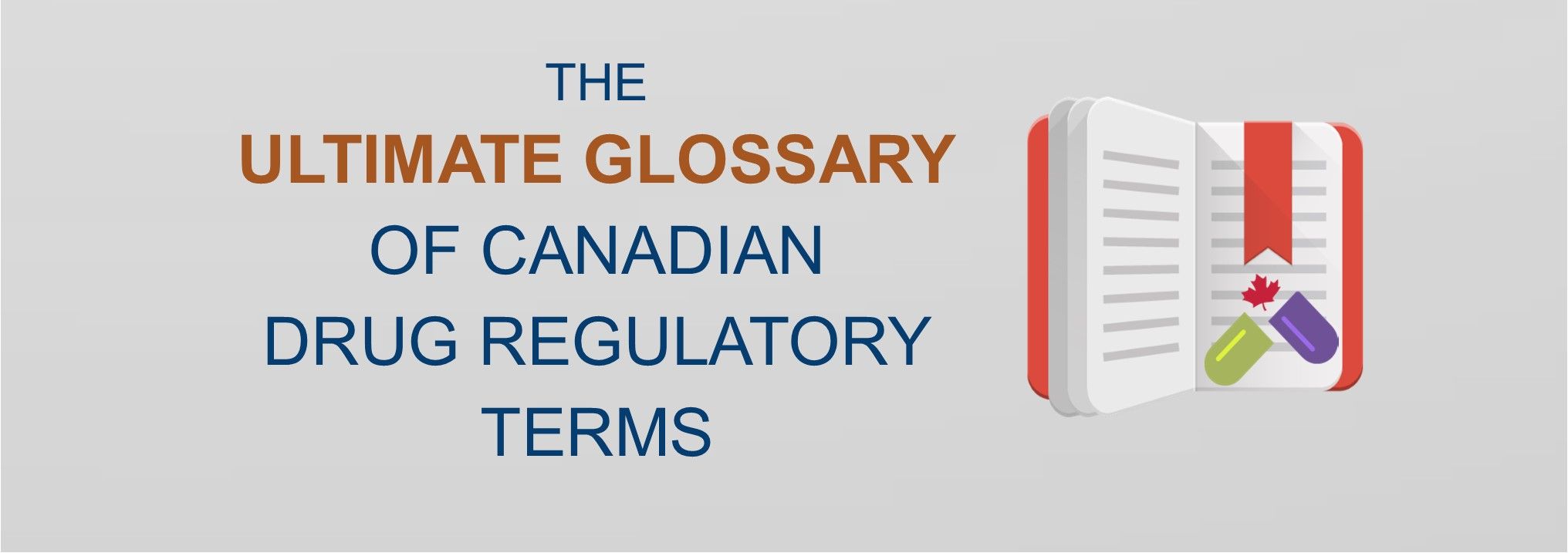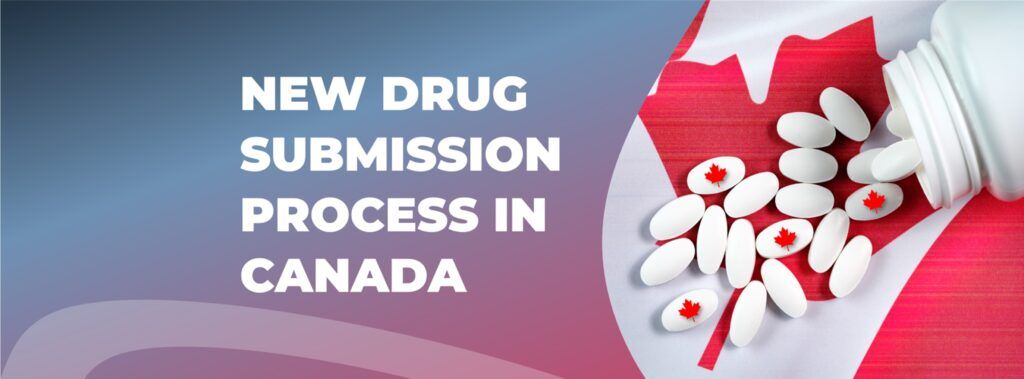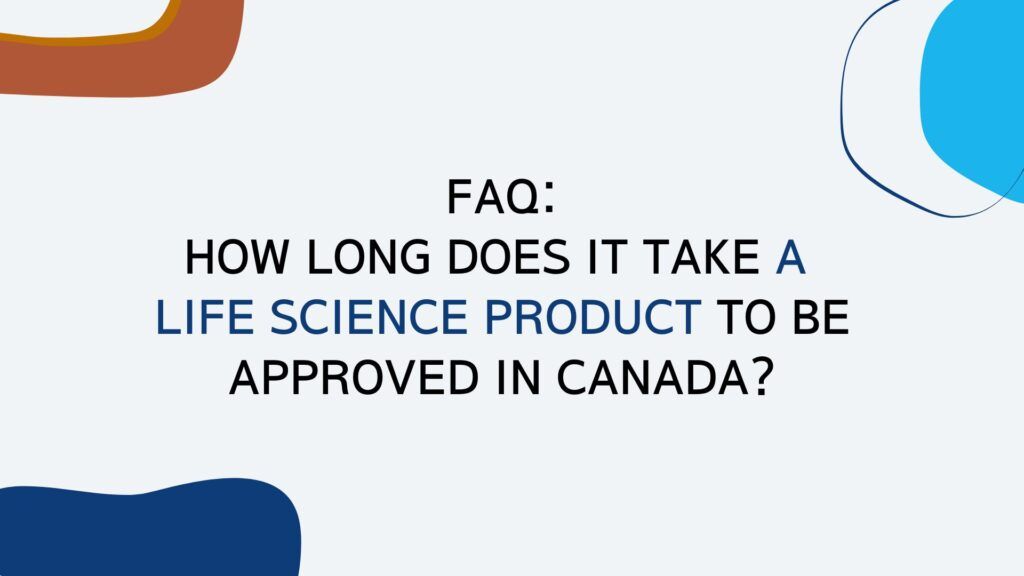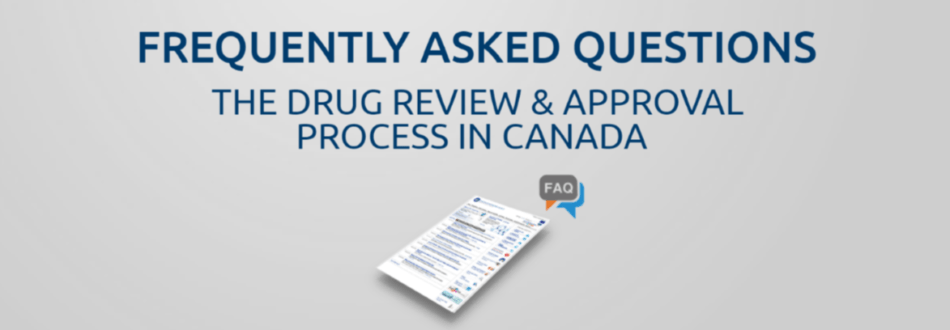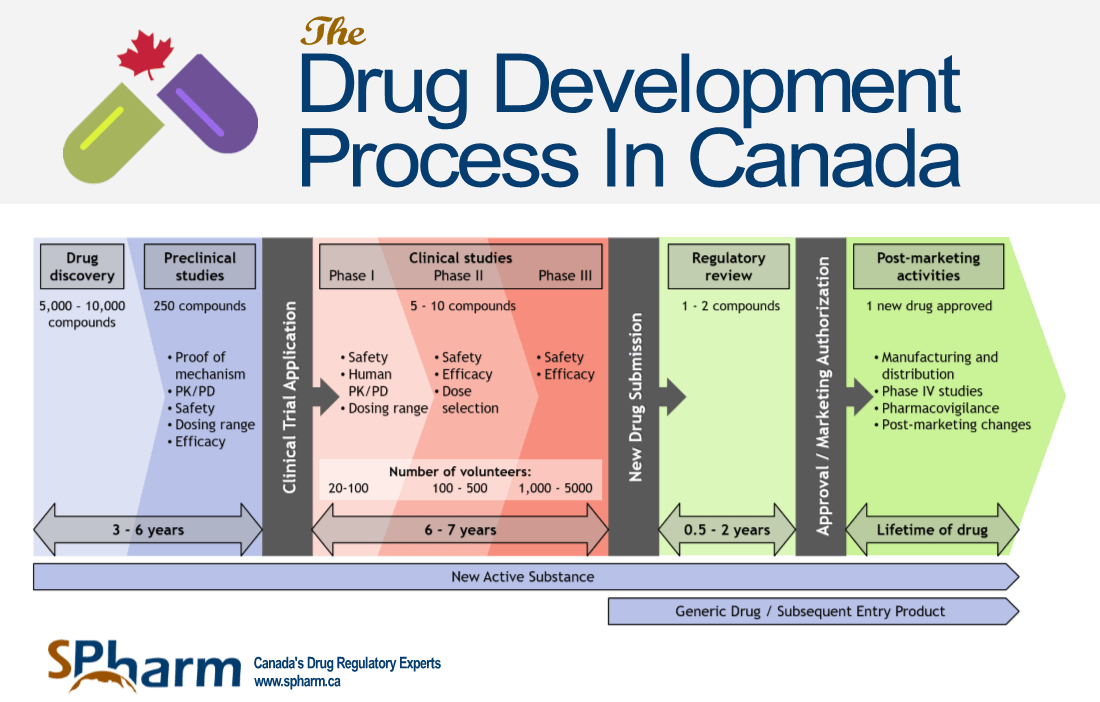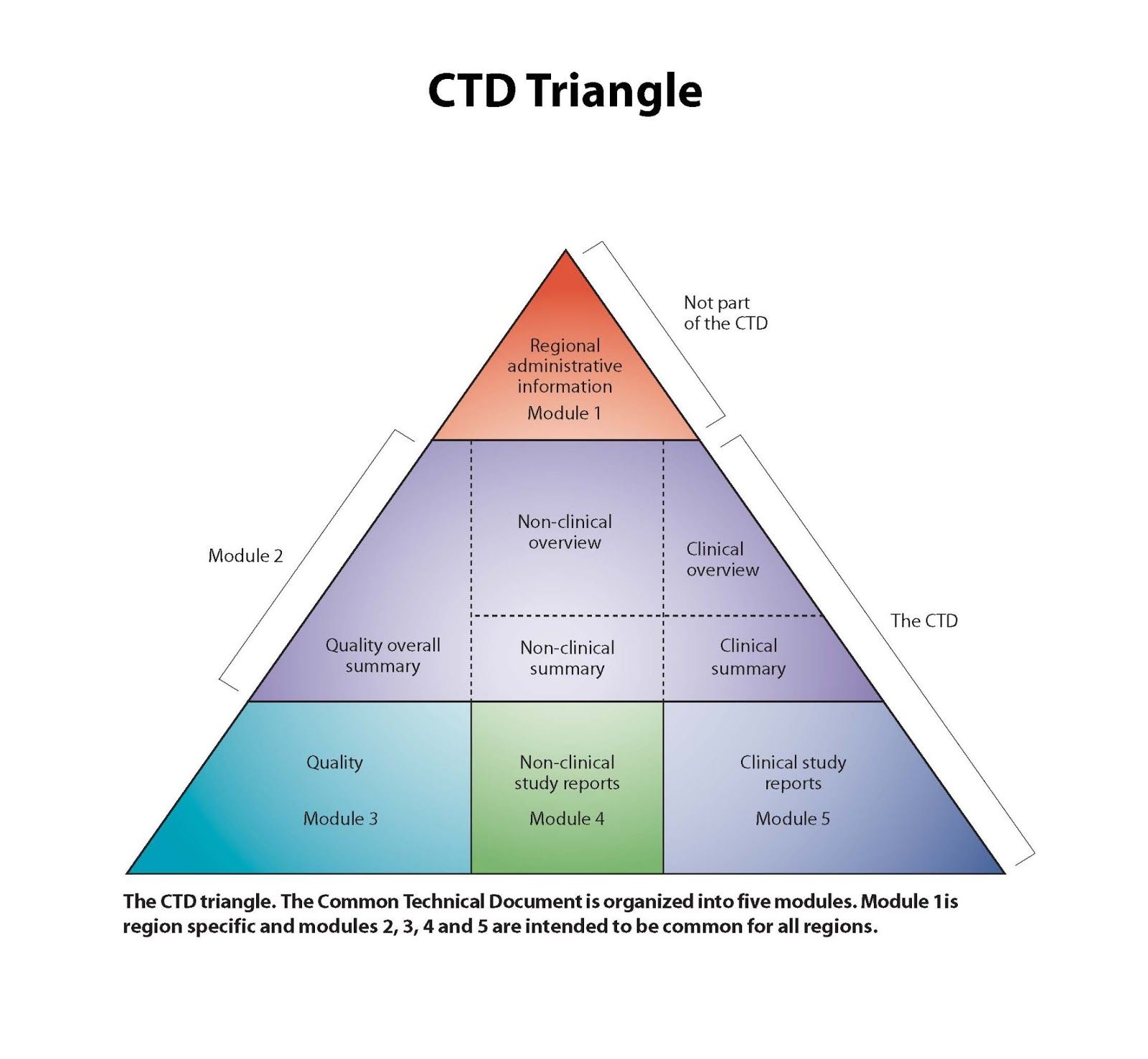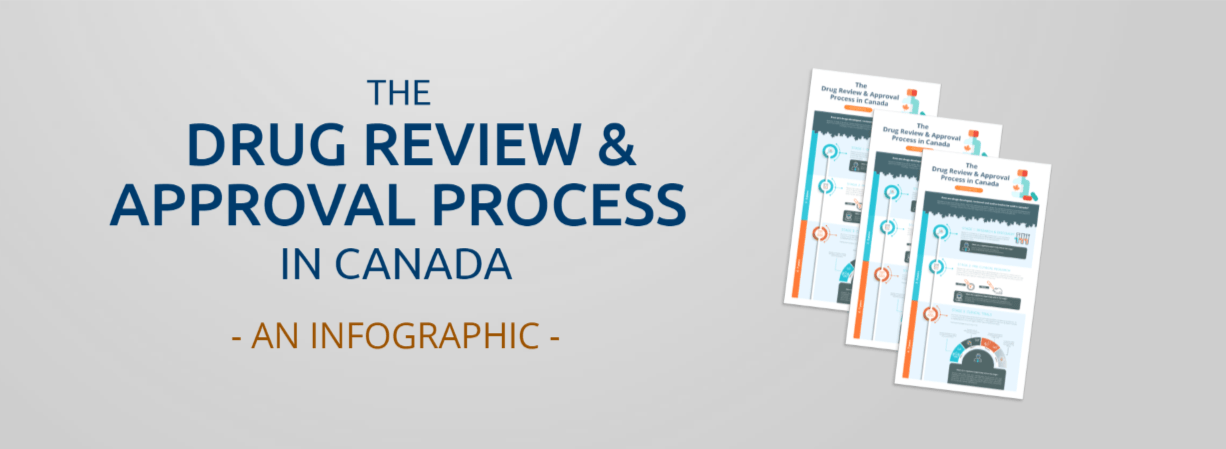The Ultimate Glossary of Drug Regulatory Terms for Canada
What’s with all these Drug Regulatory Acronyms and Definitions in Canada?
The pharmaceutical industry is complex. The terms, expressions, abbreviations and industry vernacular are also as complex and confusing. We have attempted to put some order within this process by providing what we call the ultimate glossary of the most common abbreviations and terms used in the drug regulatory industry in Canada.
All terms and acronyms have been organized alphabetically.
What is Annual Drug Notification – ADN?
Annual Drug Notification is a notification sent to Health Canada annually, before October, by a drug sponsor/manufacturer, confirming that all information previously supplied with regard to that drug is correct, in order to comply with section C.01.014.5 of the Food and Drug Regulations. The Annual Drug Notification Form (ADNF) is available to assist manufacturers in complying with the said regulations.
What is Adverse Drug Reaction – ADR?
Adverse drug reaction is a noxious and unintended response to a drug, which occurs at doses normally used or tested for the diagnosis, treatment or prevention of a disease or the modification of an organic function. It includes lack of efficacy.
What is Adverse Event – AE?
Adverse event is any adverse occurrence in the health of a clinical trial subject who is administered a drug, that may or may not be caused by the administration of the drug, and includes an adverse drug reaction.
What is Abbreviated New Drug Submission – ANDS?
Abbreviated new drug submission is a regulatory dossier that needs to be submitted and approved by Health Canada for a manufacturer to be granted authorizations to sell (Marketing Authorization) a generic drug on the Canadian market. This dossier typically requires a Bioequivalence study or a physico-chemical comparison (or both) against the Canadian Reference Product (innovator) plus a complete Chemistry and Manufacturing (Quality) package. Some exceptions can apply.
What is Adverse Reaction – AR?
Adverse reaction is a noxious and unintended response to a marketed health product and includes Adverse Drug Reaction as defined in the Food and Drug Regulations and Adverse Reaction as defined in the Natural Health Products Regulations. In the later regulations, AR means a noxious and unintended response to a natural health product that occurs at any dose used or tested for the diagnosis, treatment or prevention of a disease or for modifying an organic function.
What is Biologic and Genetic Therapies Directorate – BGTD?
Canadian regulatory authority of biological drugs (products made from living sources) and radiopharmaceuticals (drugs that have radioactivity) for human use in Canada. It is one of Health Product and Food Branch Directorates. Before giving permission to sell these therapies, the directorate must see scientific evidence of it’s safety, effectiveness, and quality, as required by the Food and Drugs Act and Regulations.
What is Canadian Agency for Drugs and Technologies in Health – CADTH?
An independent, not-for-profit organization responsible for providing health care decision-makers with objective evidence to help make informed decisions about the optimal use of health technologies, including: drugs, diagnostic tests, medical, dental, and surgical devices and procedures. In addition to evidence, we also provide advice, recommendations, and tools.
This agency was initially established in 1989 as the Canadian Coordinating Office for Health Technology Assessment (CCOHTA), CADTH adopted its new name in April 2006 to better reflect their broad activities.
What is Clinical Assessment Package – CAP?
A clinical assessment package is a document which needs to be prepared and submitted to Health Canada’ appropriate review Bureau along with a written request to obtain a Priority Review Status, in advance of the filing of New Drug Submission (NDS).
What is a Category IV Drug Product?
Category IV Products makes reference to products that have Category IV Monographs, that are developed for drugs that have a well characterized safety and efficacy profile under specific conditions of use. A manufacturer may reference a Category IV Monograph in a drug submission when the product and its labelling are consistent with the information set out in the document. Products subject to Category IV Monographs, can obtain a DIN through a DINF application.
What is Canadian Blood Services – CBS?
Canadian Blood Services was founded in 1998, based on recommendations from the Krever Report on the tainted blood scandal of the early 1990s. CBS is regulated as a biologics manufacturer by Health Canada and primarily funded by the provincial and territorial ministries of health. Canadian Blood Services is a not-for-profit charitable organization.
What is the Canadian Institute for Health Information – CIHI?
A Canadian health agency that collects and reports on clinical and non-clinical data.
What is the Council for International Organization of Medical Sciences – CIOMS?
The CIOMS refers essentially to the CIOMS I Form, which provides a standardized format for the reporting of suspected adverse reactions to any particular medical product, in Canada as well as worldwide. The Council plays an important role in the current pharmacovigilance practice.
What is a Common Drug Review – CDR?
A common drug review is a national review process for non-oncology drugs that focuses on the cost effectiveness of a drug vs. current therapies. CDR issues a recommendation to the government drug plans (except Quebec – see INESSS) as to whether or a not a drug should be publicly funded for patients who need access.
What is a Clinical Trial – CT?
A clinical trial is an investigation with a drug for use in human subjects, intended to discover or verify the clinical, pharmacological or pharmacodynamic effects of the drug, identify any adverse events, study the absorption, distribution, metabolism and excretion of the drug, or ascertain the safety or efficacy of the drug.
What is a Clinical Trial Application – CTA?
A clinical trial application is a regulatory dossier that needs to be submitted to Health Canada and given a No Objection Letter (NOL) from Health Canada prior to the sponsor proceeding with a clinical trial with an investigational pharmaceutical, biological and radiopharmaceutical product in the Canadian population / patients. In the the context of clinical trial management activities, CTA can also mean Clinical Trial Agreement (which is the agreement between the clinical trial investigational sites/center and the sponsor, in order to conduct the aimed study).
CTA also means Clinical Trial Authorization, the equivalent to a Clinical Trial Application required in Europe (EMA). In the USA (FDA), IND (Investigational New Drug) is the equivalent of the Clinical Trial Application.
What is a Clinical Trial Application – Amendment/Notification – CTA-A/N?
CTA-A: Changes to the clinical trial protocol or quality dossier, after the original CTA submission, that will impact the safety of the subjects, will affect the analysis and the interpretation of the safety and efficacy of the drug(s) under investigation or, that may affect the quality or safety of the clinical trial drug supplies. A 30-day review period applies before these changes can be implemented.
CTA-N: Changes that do not meet the criteria for a CTA-A, which may be implemented immediately, but Health Canada must be informed in writing, within 15 calendar days of the day of the change.
What is a Common Technical Document – CTD?
A common technical document is a globally harmonized Submission format that is accepted by many regions, in an effort to avoid the need to compile different registration dossiers for different regulatory authorities. The CTD format was adopted by Health Canada in 2003.
What is a Clinical Trial Site – CTS?
The location where clinical trial-related activities are conducted.
What is a Clinical Trial Site Information Form – CTSIF?
Form that is required to be completed and submitted to Health Canada by the sponsor or its representative for each clinical trial site, prior to commencement of the clinical trial or implementation of a Clinical Trial Application-Amendment, at that site.
What is a Drug Establishment License – DEL?
A drug establishment license is a license issued to a person in Canada allowing them to conduct licensable activities in a building which has been inspected and assessed as being in compliance with the requirements of the Food and Drug Regulations. Activities covered under a DEL are: fabrication, packaging, labelling, testing, importation, distribution or wholesaling. DEL applies for active pharmaceutical ingredients, finished dosage drugs or bulk process intermediates.
What is a Drug Identification Number – DIN?
A drug identification number is an eight (8) digit numerical code assigned to each drug product approved under the Food and Drugs Act and Regulations (except for Schedule C drugs – radiopharmaceuticals). A DIN identifies the following product characteristics: manufacturer, brand name, medicinal ingredient(s), strength of medicinal ingredient(s), pharmaceutical form, route of administration.
What is an Application for a DIN – DINA?
When a product is not subject to Division 8 of the Food and Drug Regulations, the application is called a DIN submission.
Note: Under the provisions of section C.01.014 of the Food and Drug Regulations, no manufacturer shall sell a drug in dosage form unless a drug identification number (DIN) has been assigned for that drug and the assignment of the number has not been cancelled pursuant to section C.01.014.6. In the case of a new drug, a new drug submission filed pursuant to Division 8 of the Food and Drug Regulations is regarded as an application for a DIN.
- A DINB is an Application for a DIN specific to a Biologic Product.
- A DIND is an Application for a DIN specific to a Disinfectant Product.
- A DINF is an Application for a DIN specific to a Category IV Product.
What is the Food and Drug Act – FDA?
An Act respecting food, drugs, cosmetics and therapeutic devices.
What is are Food and Drug Regulations – FDR?
The legislation that oversees and sets out requirements for the manufacture, packaging, labelling, storage, importation, distribution and sale of foods, and prescription and non-prescription drugs in Canada. Requirements for drug clinical trials are also set out in the regulations. Health Canada develops and enforces regulations under Government of Canada legislation. The Department consults with the Canadian public, industry and other interested parties in the development of laws that protect health and safety. They also prepare guidelines and policies in order to help interpret and clarify the legislation surrounding drugs and health products. The purpose of the legislation is to protect the health and safety of Canadians with respect to the sales of food and drug products.
What is Good Clinical Practice – GCP?
Generally accepted clinical practices that are designed to ensure the protection of the rights, safety and well-being of clinical trial subjects and other persons, and the good clinical practices referred to in section C.05.010 of the Regulations.
What is Good Manufacturing Practices – GMP?
The part of quality assurance ensuring that drugs are consistently produced and controlled in such a way to meet the quality standards appropriate to their intended use, as required by the marketing authorization. Part of the Health Products and Food Branch Inspectorate (Inspectorate) program is to conduct inspections of establishments that are involved in activities covered by the Establishment Licensing framework.
What is Health Canada – HC?
Health Canada is the Federal department responsible for helping Canadians maintain and improve their health, while respecting individual choices and circumstances.
What is a Health Product – HP?
Health Products in Canada are products regulated under the Food and Drugs Regulations (drugs) and the Natural Health Products Regulations (natural health products). Drugs include both prescription and non-prescription pharmaceuticals; biotechnology products and biologically-derived products such as vaccines, serums, and blood derived products; disinfectants; and radiopharmaceuticals.
What is the Health Product and Food Branch – HPFB?
The health product and food branch is a Health Canada Branch mandated to manage the health-related risks and benefits of health products and food by: 1) minimizing health risk factors to Canadians while maximizing the safety provided by the regulatory system for health products and food; 2) providing information to Canadians so they can make healthy, informed decisions about their health. The HPFB activities are carried out under various Directorates and Offices, including the Therapeutic Product Directorate, the Biologic and Genetic Therapies Directorate and the Marketed Health product Directorate.
What is the Health Product and Food Branch Inspectorate – HPFBI?
The health product and food branch inspectorate conducts inspections of establishments that are involved in activities covered by the Establishment Licensing framework. These inspections are conducted to verify the compliance with GMP (Part C, Division 2 of the Food and Drugs Regulations) which is a requirement for the issuance of an establishment licence.
What is Héma Québec – HQ?
Meets the needs of the Québec population for quality blood and other biological products of human origin.
What is Health Technology Assessment – HTA?
A health Technology assessment is the process followed to provide an evidenced based recommendation on whether a health technology merits being publicly funded.
What is an Investigator’s Brochure – IB?
An investigator’s brochure, in respect of a drug, is a document containing the nonclinical and clinical data on the drug that are described in section C.05.005(e) of the Regulations.
What is an Informed Consent Form – ICF?
An informed consent form is a document that describes: The risks and anticipated benefits to his or her health arising from participation in the clinical trial; and all other aspects of the clinical trial that are necessary for that person to make the decision to participate in the clinical trial.
What is the International Conference on Harmonization – ICH?
International initiative to harmonize efficacy, safety and quality (chemistry and manufacturing) requirements globally for the registration of drugs (pharmaceuticals, biologicals, genetic therapies, …) for human use. This initiative include standard information organization for new drug registration applications.
What is Institut national d’excellence en santé et en services sociaux – INESSS?
Quebec’s review process to evaluate therapeutic value and cost-effectiveness of oncology and non-oncology drugs. INESSS issues a recommendation to Quebec’s Minister of Health and Social Services as to whether or not a drug should be publicly funded for patients who need access
What is an Investigational Testing Application – ITA?
The equivalent of a CTA but for a Medical Device.
What is a Marketing Authorization Holder – MAH?
A marketing authorization holder is the entity that holds the Notice of Compliance, the Drug Identification Number (DIN), the Natural Product Number (NPN), the Homeopathic Medicine Number (DIN-HM), or the product license.
What is a Medical device License Application – MDLA?
A medical device license application is equivalent to a CTA but for Investigating the efficacy and safety of a Medical Device.
What is a Master File – MF
A master file, formerly known as Drug Master File is a reference that provides information about specific processes or components used in the manufacturing, processing, or packaging of a drug. The MF is a useful vehicle for providing information to Health Canada, where that information is of a proprietary nature [i.e., confidential business information] and is not available to the manufacturer of the dosage form or to the sponsors of a drug submission or clinical trial application (also referred to as the applicants).
What is a New Active Substance – NAS?
A new active substance is a chemical or biological substance not previously authorized for sale in Canada as a drug;
- Isomer, derivative or salt of a chemical substance previously authorized for sale as a drug in Canada, but differing in properties with regard to safety and efficacy;
- Biological substance previously authorized for sale in Canada as a drug, but differing in molecular structure, nature of the source material or manufacturing process.
What is a Notifiable Change – NC?
Notifiable changes are Level II Changes and are classified either as:
Moderate Quality Changes (chemistry and manufacturing) which have a moderate potential to have an adverse effect on the identity, strength, quality, purity, or potency of the drug product as these factors may relate to the safety or effectiveness of the drug product. This level of change does not apply to Human Pharmaceuticals.
Risk Management Change (clinical) defined as a change to the label that has the potential to improve the management of risk to the population currently indicated for use of, or in any other way exposed to the drug. These changes are classified as either 90-day review changes (more urgent changes) or 120-day review changes.
What is a New Drug Submission – NDS?
A new drug submission is a regulatory dossier that needs to be submitted and approved by Health Canada for a manufacturer to be granted authorizations to sell a new drug (i.e. pharmaceutical, biologic, vaccine, biotechnology product). This dossier typically requires complete Pre-clinical, Clinical and Chemistry and Manufacturing (Quality) package. Specific requirements may differ depending on the drug type, the pathology treated, the aimed patient population, amongst other elements.
What is a Natural Health Product – NHP?
A substance set out in Schedule 1 of the Natural Health Products Regulations or a combination of substances in which all the medicinal ingredients are substances set out in Schedule 1 of the Natural Health Products Regulations, a homeopathic medicine or a traditional medicine.
What is a Notice of Compliance – NOC?
A notice of compliance is a notification issued by Health Canada indicating that a manufacturer has complied with the requirements of the Food and Drug Regulations at the end of the review of an NDS, ANDS, S/NDS or S/ANDS.
What is a Notice of Compliance with Conditions Qualifying Notice -NOC/c-QN?
A notice of compliance with conditions qualifying notice is a notification issued by the Director of the responsible reviewing Bureau/Centre upon completion of a review, should a submission be determined to qualify for further consideration under the NOC/c policy. The NOC/c – QN will indicate that the submission qualifies for a NOC, under the NOC/c policy, as well as outline the additional clinical evidence to be provided in confirmatory studies, post-market surveillance responsibilities and any requirements related to advertising, labeling, or distribution. Submission review will cease upon issuance of the Qualifying Notice.
This applies to products that has promising evidence of clinical effectiveness with acceptable safety profile intended for the treatment, prevention or diagnosis of a serious, life-threatening or severely debilitating disease or condition for which there is no existing therapy available in Canada which possesses a similar therapeutic profile or for which the new drug submission demonstrates a significant improvement in the benefit/risk profile over the available alternative product.
What is a Notice of Deficiency – NOD?
A notice of deficiency is a notice issued if deficiencies and/or significant omissions that preclude continuing the review are identified during the review of a submission.
What is a No Objection Letter – NOL?
A no objection letter is a letter emitted by Health Canada after the review of a Clinical Trial Application or a Notifiable Change, if the application is deemed acceptable to them. It confirms that a sponsor can proceed with its Clinical Trial in Canada or can implement the changes presented in the Notifiable Change.
What is a Notice of Non Compliance – NON?
A notice of non compliance is a notice issued after the comprehensive review of a submission is complete, if the submission is deficient or incomplete in complying with the requirements outlined in the Food and Drugs Act and Regulations.
Not Satisfactory Notice –
NSN
A notice issued by the Director of the responsible reviewing Bureau/Centre if deficiencies are identified during the review of a Clinical Trial Application, Clinical Trial Application-Amendment or Notifiable Change. The deficiencies will be specified and review of the submission will stop on the date of the Not Satisfactory Notice.
Pharmaceutical Advertising Advisory Board –
PAAB
An independent and not-for-profit organization funded on a fee-for-service basis. It is the only regulator whose preclearance service is recognized by Health Canada for advertising directed to healthcare professionals. PAAB works to protect Canadians by ensuring that healthcare product advertising meets the regulatory, scientific, therapeutic, and ethical standards outlined in the Code of Advertising Acceptance. All PAAB approved materials bear the PAAB logo.
Periodic Benefit Risk Evaluation Report –
PBRER
A pharmacovigilance document intended to provide a comprehensive, concise, and critical analysis of new or emerging information on the risks of the health product, and on its benefit in approved indications, to enable an appraisal of the product’s overall benefit-risk profile. The current ICH guidance ensures that PSURs for marketed drugs have the role of being periodic benefit-risk evaluation reports by covering: Safety evaluation, evaluation of all relevant available information accessible to sponsors/MAHs and benefit-risk evaluation.
pan-Canadian Pharmaceutical Alliance –
pCPA
National mechanism designed to achieve greater value for government drug plans. pCPA negotiates with a drug company to determine both the cost and criteria under which governments will pay for a medication, concluding with a Letter of Intent to fund the drug.
Patented Medicine Price Review Board –
PMPRB
A board that protects and informs Canadian consumers by ensuring that the prices of patented medicines sold in Canada are not excessive, and by reporting on pharmaceutical trends.
Priority Review –
PR
A status granted by Health Canada to an NDS or an SNDS for a serious, life-threatening or severely debilitating disease of condition for which there is substantial evidence of clinical effectiveness that the drug provides: 1) effective treatment, prevention or diagnosis of a disease or condition for which no drug is presently marketed in Canada; or 2) a significant increase in efficacy and/or a significant decrease in risk such that the overall benefit/risk profile is improved over existing therapies, preventatives or diagnostic agents for a disease or condition that is not adequately managed by a drug marketed in Canada.
Protocol Safety and Efficacy Assessment Template – Clinical Trial Application –
PSEAT-CTA
A protocol summary to be prepared and submitted within the CTA. The summary is expected to contain: protocol identification, background and rationale, trial objectives, study design and duration, total number of sites (including number of Canadian sites), investigators, sample size, patient population, inclusion & exclusion criteria, drug formulation, dosage regimen, washout period, screening & baseline evaluation, treatment & assessment visits, concomitant & rescue medication, risk management, withdrawal/discontinuation criteria, efficacy & safety variables and analysis, statistical analysis.
PSUR – Periodic Safety Update Report
Mechanism for summarizing interval safety data, and for conducting an overall safety evaluation. It is a tool for sponsors to conduct systematic analyses of safety data on a regular basis. In addition to covering ongoing safety issues, the PSUR should also include updates on emerging and/or urgent safety issues, and major signal detection and evaluation that are addressed in other documents.
Qualified Health Care Professional – QHCP
A person who is a member in good standing of a professional medical, nursing, pharmacists’ or other health care practitioner association and entitled to provide health care under the laws of the jurisdiction in which the person is located, and other individuals retained by the Marketing Authorization Holder who have the appropriate health care education and therapeutic expertise.
Qualified Investigator
The person responsible to the sponsor for the conduct of the clinical trial at the clinical trial site, who is entitled to provide health care under the laws of the province where that clinical trial site is located.
Qualified Investigator Undertaking
The undertaking that must be completed by the qualified investigator responsible for the conduct of the clinical trial at the clinical site and retained by the clinical trial sponsor for a period of 25 years. This undertaking should not be submitted to Health Canada unless requested.
Quality Overall Summary – QOS
Summary template that follows the scope and the outline of the Quality Body of Data (of CTD Module 3.2). Specific QOS templates exists for Clinical Trial Applications Phases I, II & III; for Bioavailability studies and for DIN applications. The QOS for new chemical entities is presented below.
Quality Overall Summary – Chemical Entities (CTA) – QOS-CE
Summary template that follows the scope and the outline of the Quality Body of Data (of CTD Module 3.2). This template can be used by sponsors to summarize the Quality information for New Drug Submissions (NDSs) and Abbreviated New Drug Submissions (ANDSs) containing drug substances and their corresponding products of synthetic or semi-synthetic origin that are filed with Health Canada pursuant to Part C, Division 8 of the Food and Drug Regulations.
This would exclude submissions for Biotechnological/Biological (Schedule D) and Radiopharmaceutical (Schedule C) drugs. Nonetheless in reality, the referenced QOS-CE is used to summarize the Quality information for Schedule D New Drug Submissions (NDSs); sections of the template are then bonified with the requirements of the Schedule D NDS guidance. A Quality Information Summary (QIS) is available for radiopharmaceuticals, upon request from Health Canada.
Research Ethics Board – REB
A body that is not affiliated with the sponsor, mandated to approve the initiation of, and conduct periodic reviews of, biomedical research involving human subjects in order to ensure the protection of their rights, safety and well-being. The body needs at least five members, that are in majority Canadian citizens or permanent residents under the Immigration Act, and composed of both men and women. Additional criteria apply.
Risk Minimization Activity
Risk minimization activities are interventions intended to prevent or reduce the occurrence of adverse reactions associated with the exposure to a medicine, or to reduce their severity or impact on the patient should adverse reactions occur. These measures may include warnings in the label or minimization activities beyond routine, such as health care provider educational material.
Risk Management Plan
A document that describes a set of pharmacovigilance activities and interventions designed to identify, characterize, prevent or minimize risks related to drug products, and the assessment of the effectiveness of those interventions (adopted from the European Medicines Agency definition of a Risk Management System).
Supplemental Abbreviated New Drug Submission – S/ANDS
Same as for a S/NDS presented below but for generic products.
Supplemental New Drug Application – S/NDS
Submission required for Level I Quality or Safety & Efficacy (Clinical) Changes that have a substantial potential to have an adverse effect on the identity, strength, quality, purity, or potency of a drug product as these factors may relate to the safety or effectiveness of the drug product or a change to the label of a drug that has the potential to increase the exposure levels of the drug, either by expanding the population that is exposed, or by increasing individual exposure.
Special Access Program
Program that allows access to nonmarketed drugs for practitioners treating patients with serious or life-threatening conditions when conventional therapies have failed, are unsuitable, or unavailable. The SAP authorizes a manufacturer to sell a drug that cannot otherwise be sold or distributed in Canada. Drugs considered for release by the SAP include pharmaceutical, biologic, and radio-pharmaceutical products not approved for sale in Canada.
Serious Adverse Drug Reaction – SADR
An adverse drug reaction that requires in-patient hospitalization or prolongation of existing hospitalization, that causes congenital malformation, that results in persistent or significant disability or incapacity, that is life threatening or that results in death.
Serious Adverse Reaction
A noxious and unintended response to a natural health product that occurs at any dose and that requires in-patient hospitalization or a prolongation of existing hospitalization, that causes congenital malformation, that results in persistent or significant disability or incapacity, that is life threatening or that results in death.
Senior Executive Officer
The most senior person with policy and operational decision making authority within the sponsor, or is an official who has this delegated authority in respect of a clinical trial. The SEO is responsible for providing an attestation with respect to the Clinical Trial Application/Amendment at the time of filing the CTA to Health Canada.
Serious Unexpected Adverse Drug Reaction – SUADR
A serious adverse drug reaction that is not identified in nature, severity or frequency in the risk information set out in the investigator’s brochure or on the label of the drug.
Therapeutic Products Directorate
Canada’s regulator of prescription drugs and medical devices for human use. Before giving permission to sell a product, the directorate must see scientific evidence of the product’s safety, effectiveness, and quality, as required by the Food and Drugs Act and Regulations.
Yearly Biologic Product Report – YBPR
A report that must be submitted annually by manufacturers of all Schedule D (Biologic) drugs in accordance with Guidance for Sponsors: Lot Release Program for Schedule D (Biologics) Drugs. The report contains production information on both drug substance and drug product lots, including test methods and results, reasons for any recalls and corrective action taken, as well as other pertinent post-market information.
